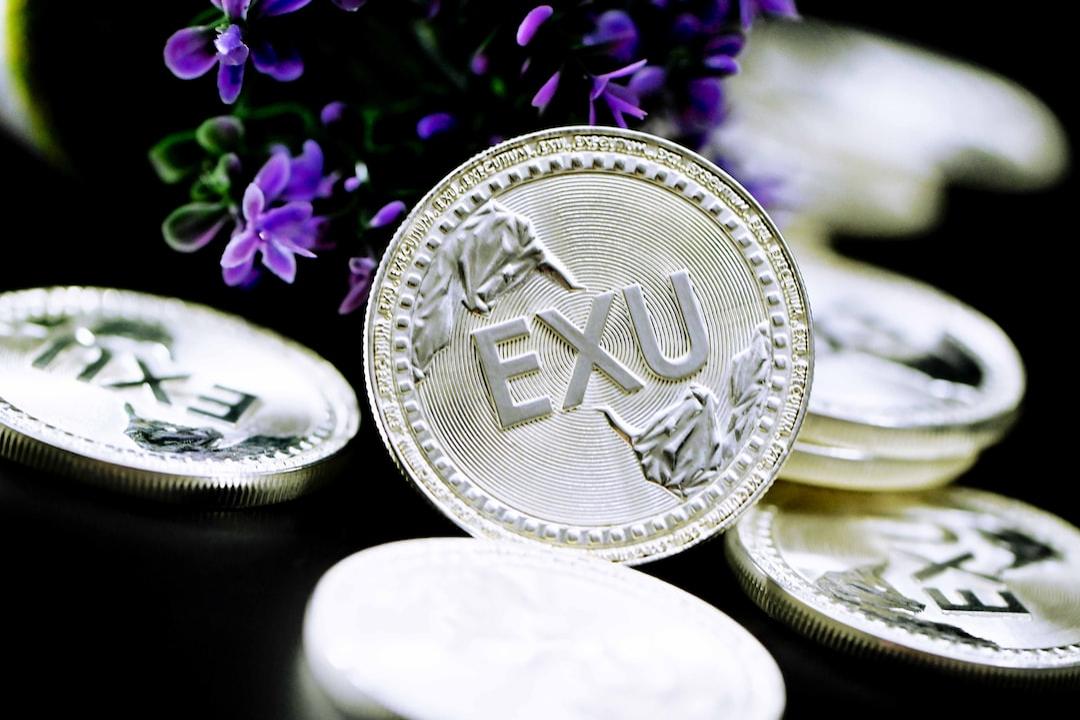Start of Cryptocurrency Flow Tracking: Understanding the Tools
In the world of cryptocurrency, every transaction leaves a publicly traceable trail. These transaction data are not merely stacks of numbers; they conceal rich market insights and potential risk signals.
For professional traders, these tools are sharp instruments for market insight, enabling direct tracking of “whale” movements—referring to the capital flows of cryptocurrency whales. By tracking these flows, they can seize key investment opportunities. Additionally, by analyzing wallet activities, suspicious or illegal behavior can be identified, allowing for proactive risk prevention.
However, tracking cryptocurrency flow is akin to detective work—it requires mastery of the tools at hand.
Blockchain explorers and data analytics platforms are magnifying glasses and analysis instruments for observing and interpreting on-chain data. These tools not only help users view the details of every transaction clearly but also track fund footprints and analyze market movements.
Therefore, before diving into the skills of flow tracking, it’s essential to first understand these indispensable tools. This article will review four common free cryptocurrency flow tracking tools to help you understand how to make the most of them.
Tool 1: Mainstream Blockchain Explorers
A “blockchain explorer” is like a “search engine” for blockchains. Through the explorer, users can query any transaction or wallet record on-chain, just as easily as searching the web for information.
Since each blockchain (such as Bitcoin, Ethereum, Solana, etc.) has its own unique technical structure and data setup, a specialized explorer designed for each blockchain is required to correctly parse and display its data.
In other words, different blockchain networks will have different dedicated explorers. For example, Bitcoin commonly uses blockchain.com, while Ethereum uses Etherscan to find on-chain information.
The core functions of most blockchain explorers include:
- Transaction Search: Users can search and view all transactions on the Ethereum blockchain, including sender, receiver, transaction amount, gas fees, and timestamps.
- Wallet Search: Users can check the balance and transaction history of any Ethereum wallet address. This helps track fund movements and monitor specific wallet activities.
- Contract Verification: Users can view contract code, transactions, and events.
- Token Tracking: Etherscan tracks ERC-20 and other Ethereum standard tokens. Users can view token supply, holders, and transaction histories.
- Block Information: Users can check block details on the Ethereum blockchain, including block height, miner information, and transaction lists.
- Gas Fee Tracker: Etherscan provides real-time tracking of gas fees, helping users monitor the current gas price and select the optimal trading times, as well as view gas fee history.
How to Query Transactions or Wallets via Blockchain Explorer?
Most blockchain explorers are intuitive to use, but users need to have a basic understanding of blockchain terminology and be able to “find” on-chain information. Below is a demonstration using Ethereum’s blockchain explorer, Etherscan, on how to view a wallet address on-chain.
- Step 1: Go to the Etherscan Website
First, input Etherscan’s URL (etherscan.io) in your web browser. - Step 2: Use the Search Bar
At the top of Etherscan’s homepage, there is a search bar where you can input a wallet address, transaction ID (TXID, also known as transaction hash), block height, token contract address, etc. Beginners can start by trying queries on their personal decentralized wallet transactions.
Simply find your MetaMask wallet address (usually displayed at the top of the app screen starting with 0x) or a specific transaction hash (in the transaction record), then input the information and click the “Search” button. - Step 3: View the Results
Based on the input information, Etherscan will display the relevant query results.

The detailed transaction information can be seen, including sender, receiver, transaction amount, gas fees, timestamps, and more. In addition to cryptocurrency transaction data, users can also view the wallet status or NFT transaction history.
Cai Mengling, CEO of Ruike Financial Technology, shared that when tracking financial flows, he typically starts by using mainstream blockchain explorers like Etherscan and TRONSCAN. Especially during judicial investigations, reports submitted to the court are always based on blockchain explorer data to avoid concerns about inaccurate software or unreliable data.
Tool 2: OKLink
OKLink is a blockchain data analysis platform developed by OK Blockchain. Through the platform, users can query information from over 60 public chains, including major public chains like Bitcoin, Ethereum, and various emerging blockchain networks. It allows users to see block, transaction, and address data, as well as track wallet and NFT transaction records.
OKLink is not just an auditing tool. It also enables users to see how much cryptocurrency is in a wallet, how much transaction fees have been used, and the time of the earliest transactions.
What’s even more impressive is that OKLink’s “On-chain Eye” feature turns complex transaction records into simple, easy-to-understand visuals, making it easier for users to track the flow of funds. For users who are not adept at analyzing wallets, it also provides examples of wallets from crypto celebrities like Jay Chou and Vitalik Buterin, as well as high-risk and fraudulent wallets, allowing users to practice and identify potentially problematic wallets.

For investors, the centralized exchange asset dashboard displays information from major exchanges, including total assets, major coins, and asset distribution. It also allows users to track historical changes in on-chain assets and monitor for any large transfers.
For instance, on February 21, the cryptocurrency exchange Bybit suffered the largest hack in crypto history, with over $1.47 billion worth of Ether being transferred out abnormally. Through OKLink, users can track the changes in exchange assets and see which wallet the stolen funds were transferred to.

Tool 3: Arkham
Arkham is a blockchain intelligence analysis platform that primarily enhances blockchain data transparency, helping people understand on-chain behaviors and patterns in greater depth.
What makes it unique is its ability to reveal real-world information behind anonymous blockchain addresses, such as X accounts, Opensea names, Ethereum domains, etc.
Through AI algorithms and data analysis, Arkham converts seemingly unrelated on-chain activities into clear and understandable intelligence, enabling users to track fund flows, understand address relationships, and obtain rich on-chain data.
How to Use Arkham?
Since Arkham connects to real-world information, it makes it easier to search for industry “whales.” In addition to wallet addresses, simply entering a name can lead to finding influential figures in the crypto industry.

After entering the information, four blocks will appear, displaying different data insights:
- Top-left block shows the wallet’s investment portfolio, including personal holdings, asset distribution across different chains, and past portfolio changes.
- Top-right block displays the time trend graph, showing the total value of holdings, individual coin value, and daily cumulative profit/loss trend lines.
- Bottom-left block reveals trading partners, including exchanges and major counterparties with frequent fund flows.
- Bottom-right block displays transaction details, with the option to filter for incoming or outgoing transactions.
In addition, Arkham also offers a flow visualization feature. By clicking the “Visualization Tool” at the top-left of the screen and entering a wallet address, name, or account name in the search bar, you can view a visual flow chart of the wallet’s funds.

The flow chart displayed in the screen is akin to a person holding a large bunch of balloons. The center represents the input wallet address, with each circle in the chart representing a wallet address. Green lines represent incoming funds, while red lines represent outgoing funds. Users can click, drag, or zoom in on these circles (wallets) to classify them or click on the lines to view more detailed transaction information.
Tool 4: MistTrack
MistTrack is a cryptocurrency flow tracking tool developed by SlowMist, a blockchain security company, specifically designed to track cryptocurrency transactions on the blockchain.
With the rise of cryptocurrency, illegal activities on the blockchain have also grown, and MistTrack provides robust support for anti-money laundering (AML) and corporate compliance needs. This tool currently offers a free plan, but the accessible features and supported blockchains are somewhat limited.

On the left side, users can see incoming funds, and on the right side, outgoing funds. Users can freely click, drag, or zoom in on the circles (wallet addresses) on both sides to classify them, or click on the lines to view more detailed transaction information.

